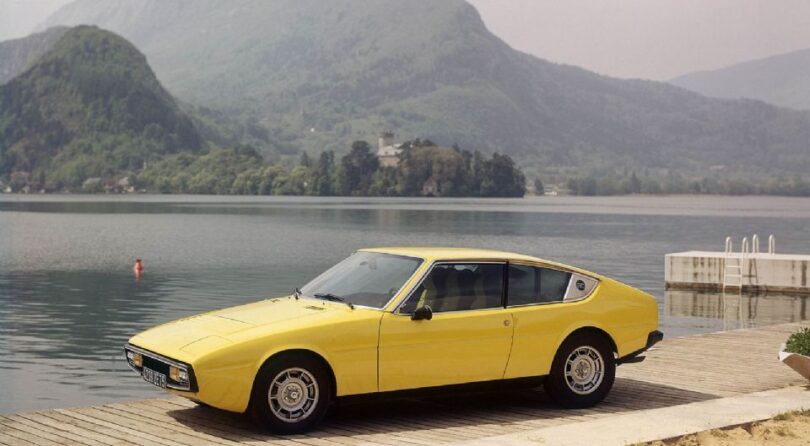
Matra Simca Bagheera: All Three in the Front Row
In 1973, after having identified Chrysler as partner, especially for the old continent, the French brand Simca needed to continue the positive results achieved with the 1100. There was a need for something new and possibly a sports car, which was also able to compete with the Renault/Alpine rival and this is how an unexpected partnership was born, to say the least, the one with Matra, an industrial group – French as well – specialized in the military aeronautical sector. Missiles, so to speak. With these premises and with the aim of creating a car capable of cutting through the air in an optimal way, Matra proposed a prototype that developed the M550 with a wider design that thus managed to contain the overall dimensions of what would have been a sports car ready to scratch the competition.

The Bagheera, named after the black panther in Rudyard Kipling’s “The Jungle Book” novel thus managed to show off an angular line, in perfect 70s style, abandoning the 2+2 layout that was usually given to this type of car and introducing a rather unique solution, namely a three-abreast seating. The angular lines recalled the Italian automotive masterpieces and everyone liked this very much. But the Bagheera was a solid French reality ready to be unveiled in April 1973 in Annecy. Its debut has been followed by the launch of a first block of 500 yellow units, coinciding – randomly, but with extraordinary timing – with the victory of the Matra 670B at the 24h of Le Mans of the same year. In just 18 months, around 10,000 units were immediately sold, well above the expectations of the brand.


The Bagheera had the look of a baby Lamborghini, but suffered some mechanical imperfections, especially in the modest 1,294cc engine with just 84 horsepower, positioned behind the three occupants and connected to rear-wheel drive via a 4-speed gearbox, which became 90-hp for the Bagheera S equipped with a bit larger 1,442cc. However, performances weren’t bad either, thanks to a weight of about one ton which allowed acceleration from 0 to 100 kph in 11.2 seconds and a top speed of 185 per hour.

A total of 47,802 Bagheeras were produced between 1973 and 1980, an increasingly rare sighting that arouses curiosity precisely because of the particular choice of using three seats instead of two as you’d expect on any other coupe. An innovative way not to give up on a little sports car with a head-turning look, even when starting a family.
Word by Carlo Brema




